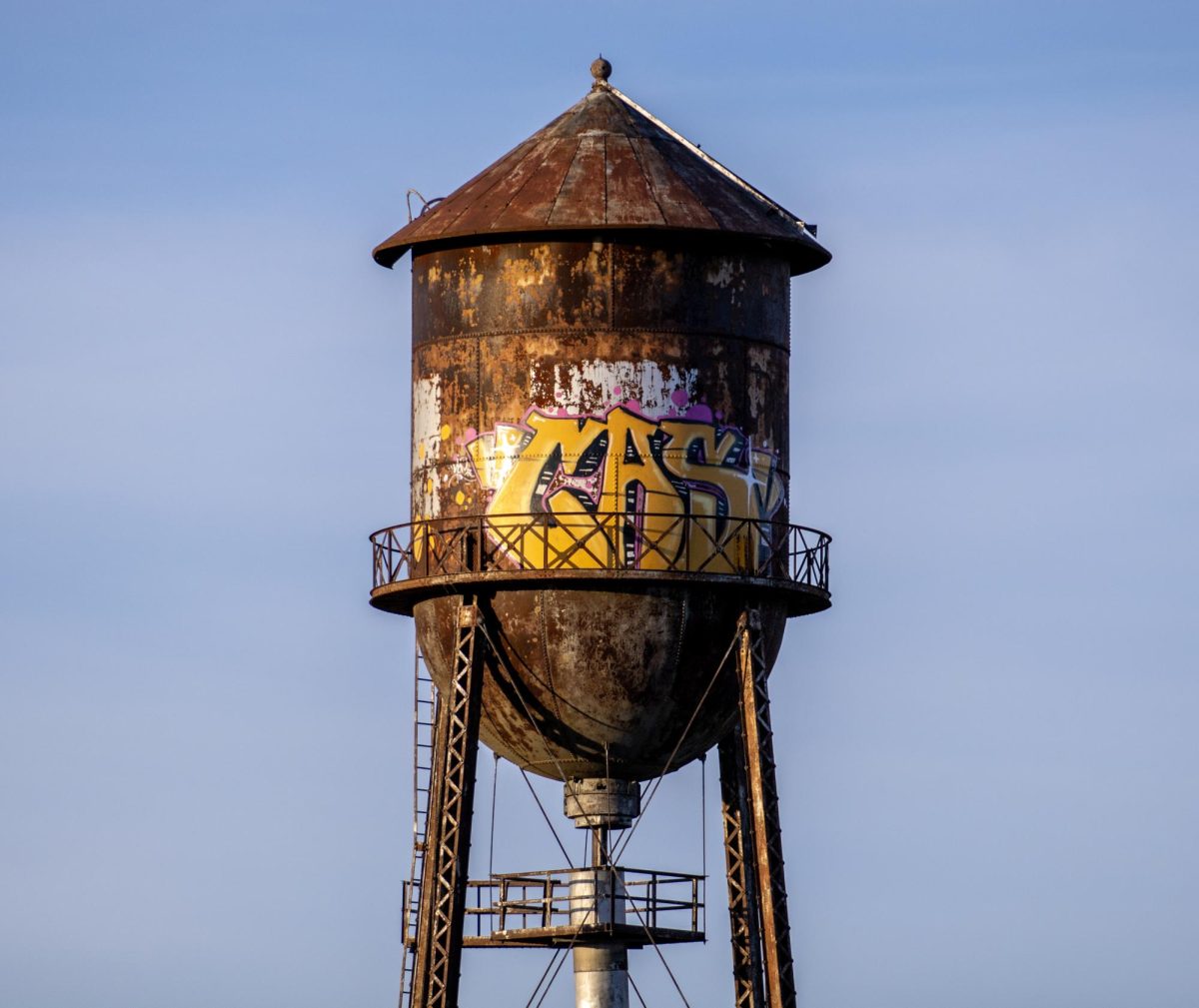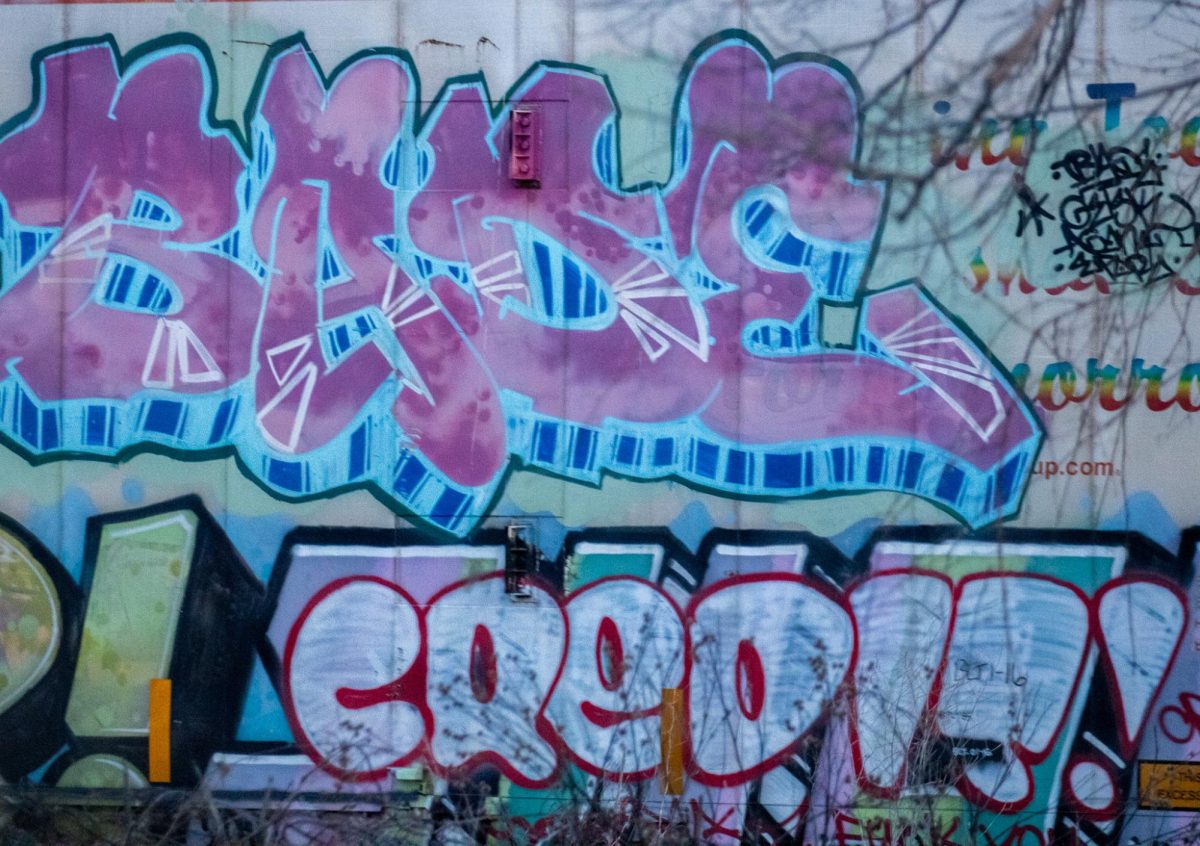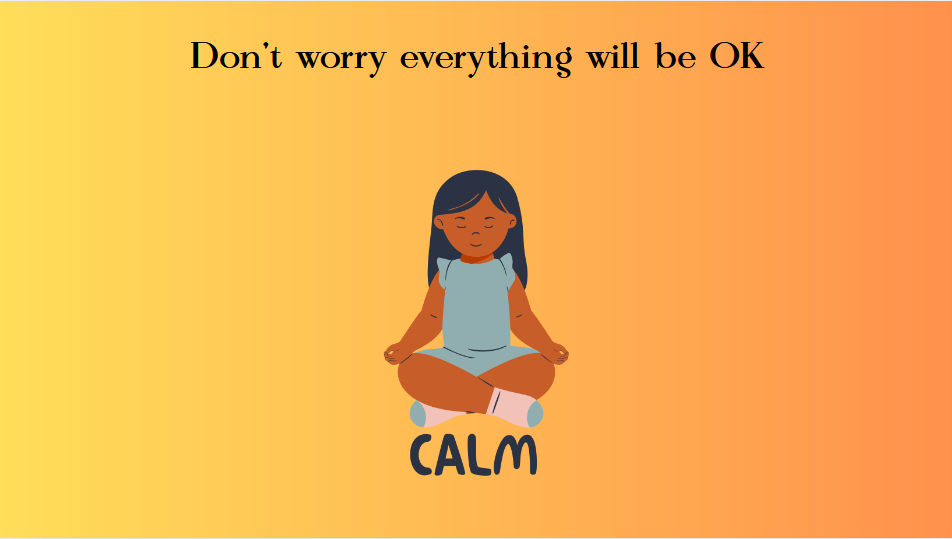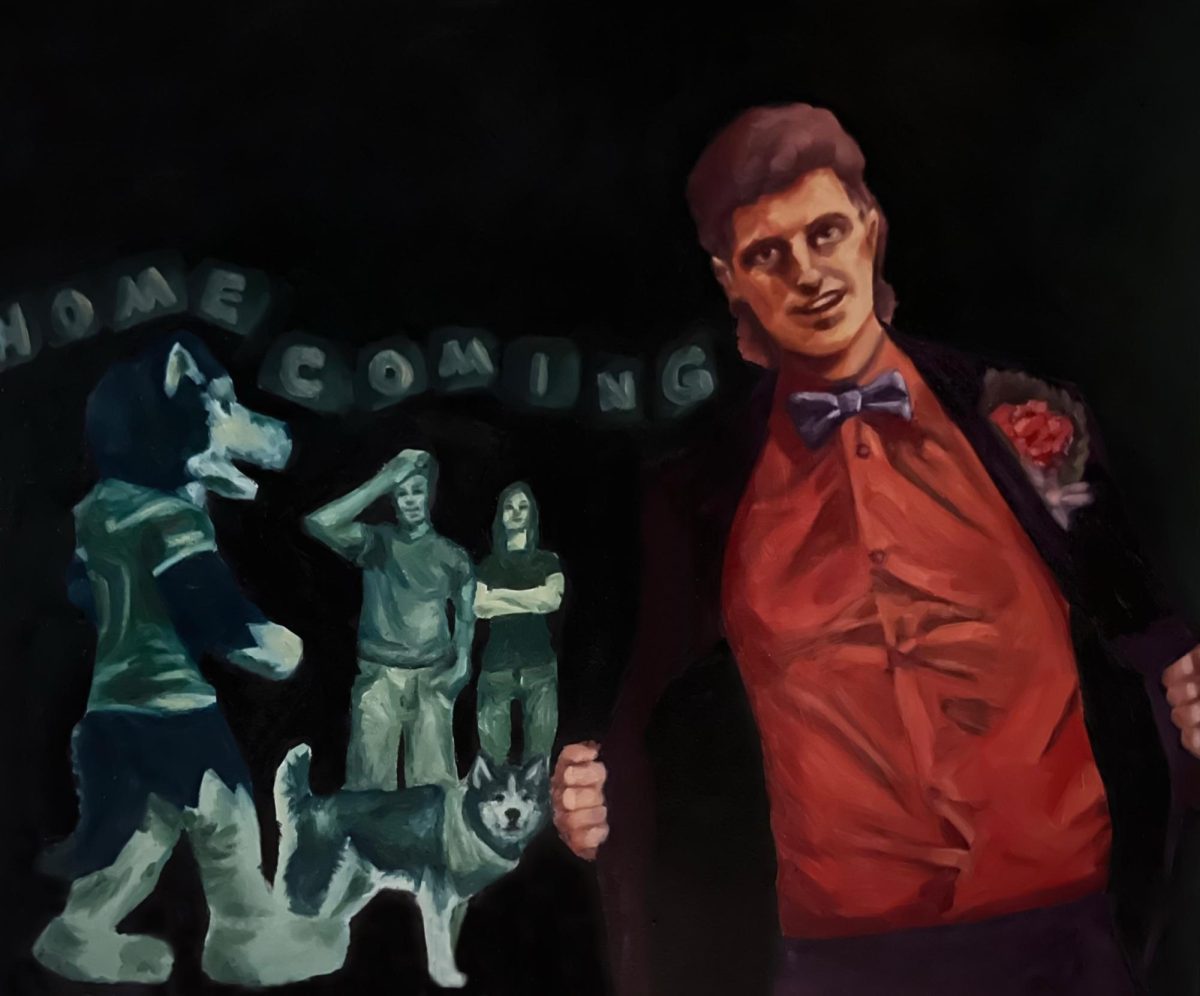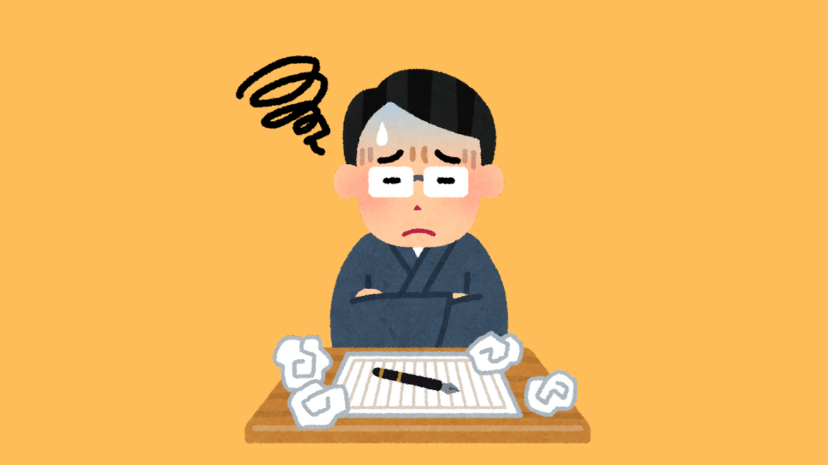Art is considered a form of self-expression and self-care for people all over the world, and what is considered true art could be up to interpretation. There are many different kinds of art including drawings, paintings, sculptures and, some argue, graffiti. However, graffiti is primarily vandalization and not art.
Graffiti could cause damage to properties and hurt businesses. Although some people may say that graffiti could be considered art, graffiti purposely destroys property, which classifies it as vandalism. Vandalism is considered to be the intentional and malicious destruction of property, according to The Free Dictionary.
Graffiti has a tendency to be associated with gangs and tends to be related to other crimes such as shoplifting and violence, according to Arizona State University. However, there are many different types of graffiti, such as conventional graffiti or tagger graffiti – which ranges from simple hits to complex graffiti.
Art has no definitive formula for success. What may be considered art to one person may be meaningless to another.
Likewise, art has many different forms and there can be many ways to express oneself, aside from graffiti, where it is not considered vandalism.
Laura Vazquez, a professor in the department of communication, said there are other forms of self-expression aside from graffiti.
“There are lots of people who express themselves artistically by making things or creating things. And there are many different kinds. This is a form of visual communication. Well, there are lots of visual communications, everything from moviemaking, to drawing on paper to drawing on various substances. You can do sculpting, you can make pottery,” Vazquez said. “I mean, there’s a host of different ways of expressing yourself. Usually, to communicate something, whether it’s something about your personal identity, or something about your community. There’s lots of ways to do it.”
Students who wish to express themselves creatively can do so in other ways that aren’t considered vandalism. By drawing on paper, moviemaking or sculpting, you aren’t intentionally destroying property to create those types of art.
Vazquez said there is an important distinction between graffiti and murals.
“I think when you get permission to do it, they call it a mural. It can also be called public art. So NIU put a mural on the viaduct over Annie Glidden down near Lincoln Highway. Well, that’s public art. That’s a mural, Vazquez said. “If you just walk up to a building in downtown DeKalb, and you decide you want to graffiti the side wall of it, and call it a mural, well that doesn’t work because you didn’t have the permission of the owner of that property to decorate it.”
If artists want to express themselves and produce art on buildings, it’s important they get the owner’s permission.
Graffiti on buildings can damage a business’s reputation and image. It could make the business not look as nice or reputable and may make the business lose customers or fail to gain new customers.
Graffiti on businesses could also create a serious financial implication. If businesses want to remove graffiti in order to maintain their image, it can be hard to remove and expensive, according to Graffiti Eaters, a graffiti removal company.
Artists should be able to freely express themselves in whatever way they prefer. However, if they want to create art for their community, it’s important artists receive permission first, out of respect for business owners.


